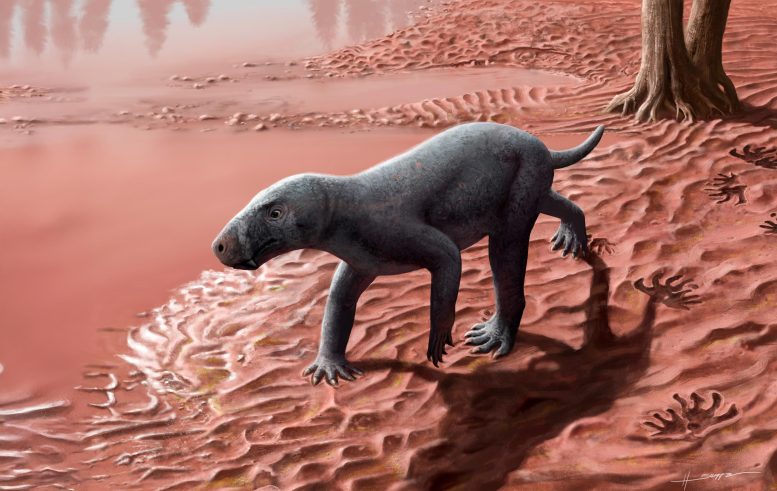How did humans get such big brains – the answer might lie in the gut.
A recent study from Northwestern University in the US is the first to show that gut microbes from different animals can shape their biology and evolution.
The brain requires an exorbitant amount of energy to function, especially for large-brained mammals like humans. Despite being only roughly 2% of the body’s weight, a human brain consumes approximately 20% of the body’s energy.
In a lab experiment, researchers implanted microbes of different primates into mice.
Some of the mice were given microbes from humans and squirrel monkeys (large-brained primates), whilst others were given microbes from macaque (small-brained primates).
The researchers then measured the physiology of the mice across a 60-day period, keeping track of their liver function, weight gain, fat percentage and other traits.
Mice with human and squirrel monkey microbes were found to produce and use more energy, in comparison to those mice with microbes from the macaque.
“These findings suggest that when humans and squirrel monkeys both separately evolved larger brains, their microbial communities changed in similar ways to help provide the necessary energy,” says first author of the study and Associate Professor of Anthropology, Katherine Amato.
The results suggest that having microbes that produce energy efficiently and quickly in the gut allowed humans and other primates with larger brains to evolve because there was more energy to fuel the brain.
These findings back a new perspective as to how large brains evolved, rather than just a shared ancestry.
“We know the community of microbes living in the large intestine can produce compounds that affect aspects of human biology — for example, causing changes to metabolism that can lead to insulin resistance and weight gain,” says Amato.
“Variation in the gut microbiota is an unexplored mechanism in which primate metabolism could facilitate different brain-energetic requirements.”
Amato and her team now hope to conduct future studies with additional primate species and a variety of brain sizes as well as looking into the microbes themselves and their function and behaviour.
How much do we know about the brain?









Leave a Comment